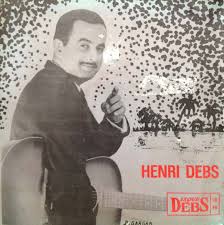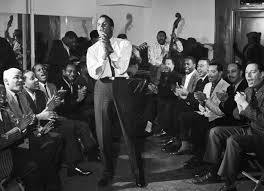Creolization in Caribbean Music - Spanish

The lecture videos by Christine Gangelhoff on the Spanish-speaking Caribbean highlight numerous instances of creolization in that region's music. According to Professor Gangelhoff, the lesson videos present Son as an example of creolization in Caribbean Spanish. The music genre is referred to as a dance and singing style from Cuba on the website https://www.spanish.academy/blog/the-influential-sounds-of-son-cubano-in-cuba/. Around 1930, it rose to fame on a global scale. It's one of the most well-known Latin American music subgenres. Son Cubano is a musical style with African and Spanish roots that uses a variety of Cuban instruments in addition to guitar and percussion. Cuban percussion and bell patterns are used to create African rhythms for son Cubano. It features montunos, short melodic motifs, or phrases that change in pitch throughout a composition. Traditional sones are often in duple metre, based on simple European-derived harmonic patterns (I-V, I-IV-V), and begin wi...



